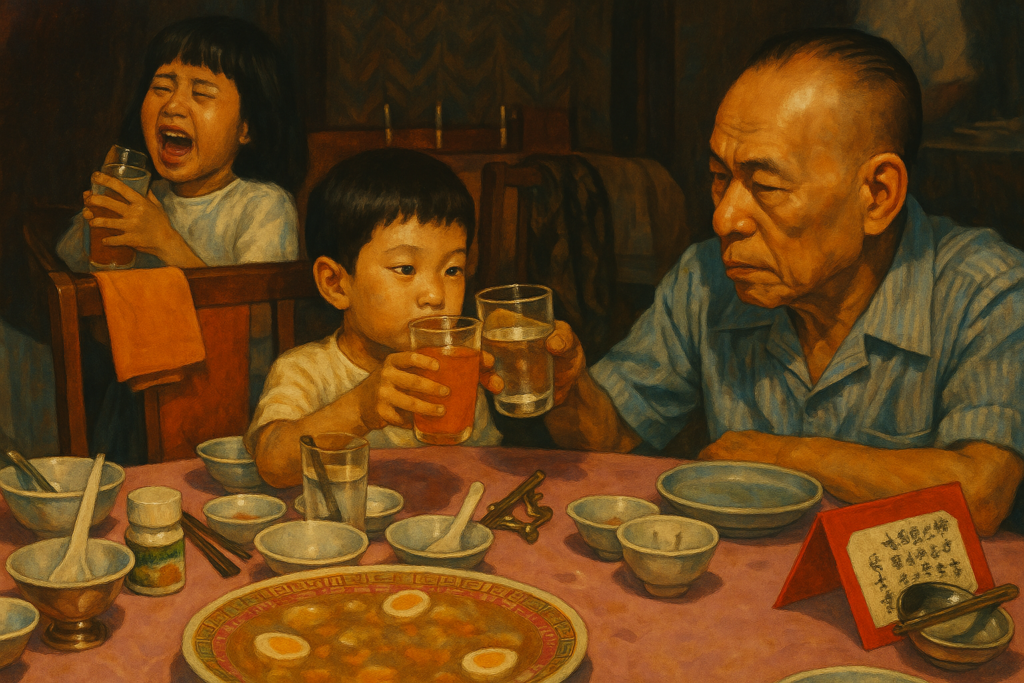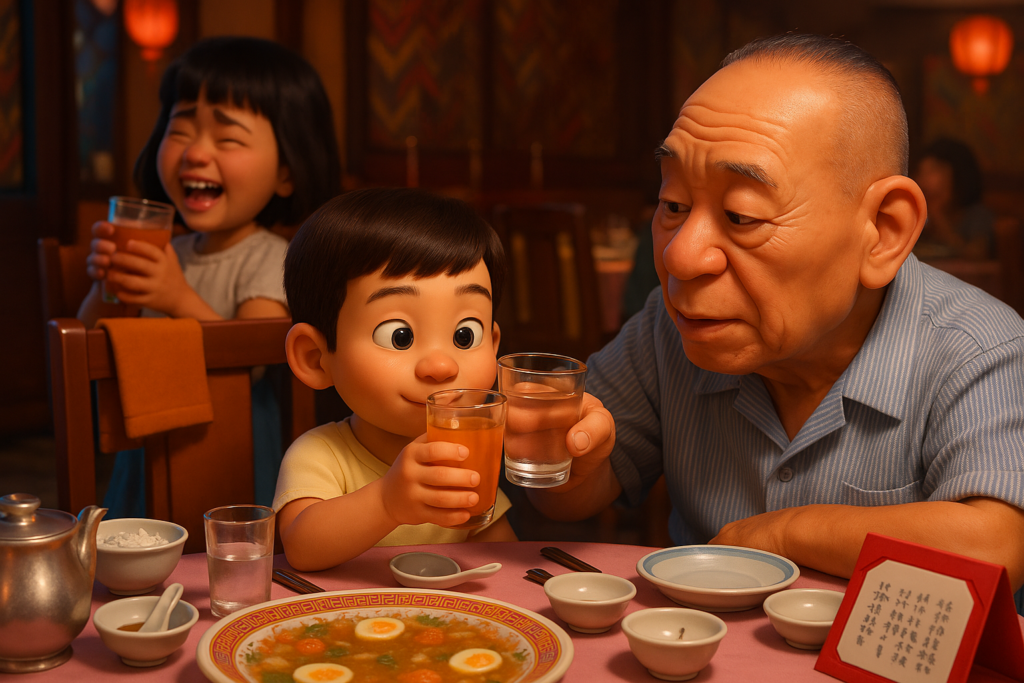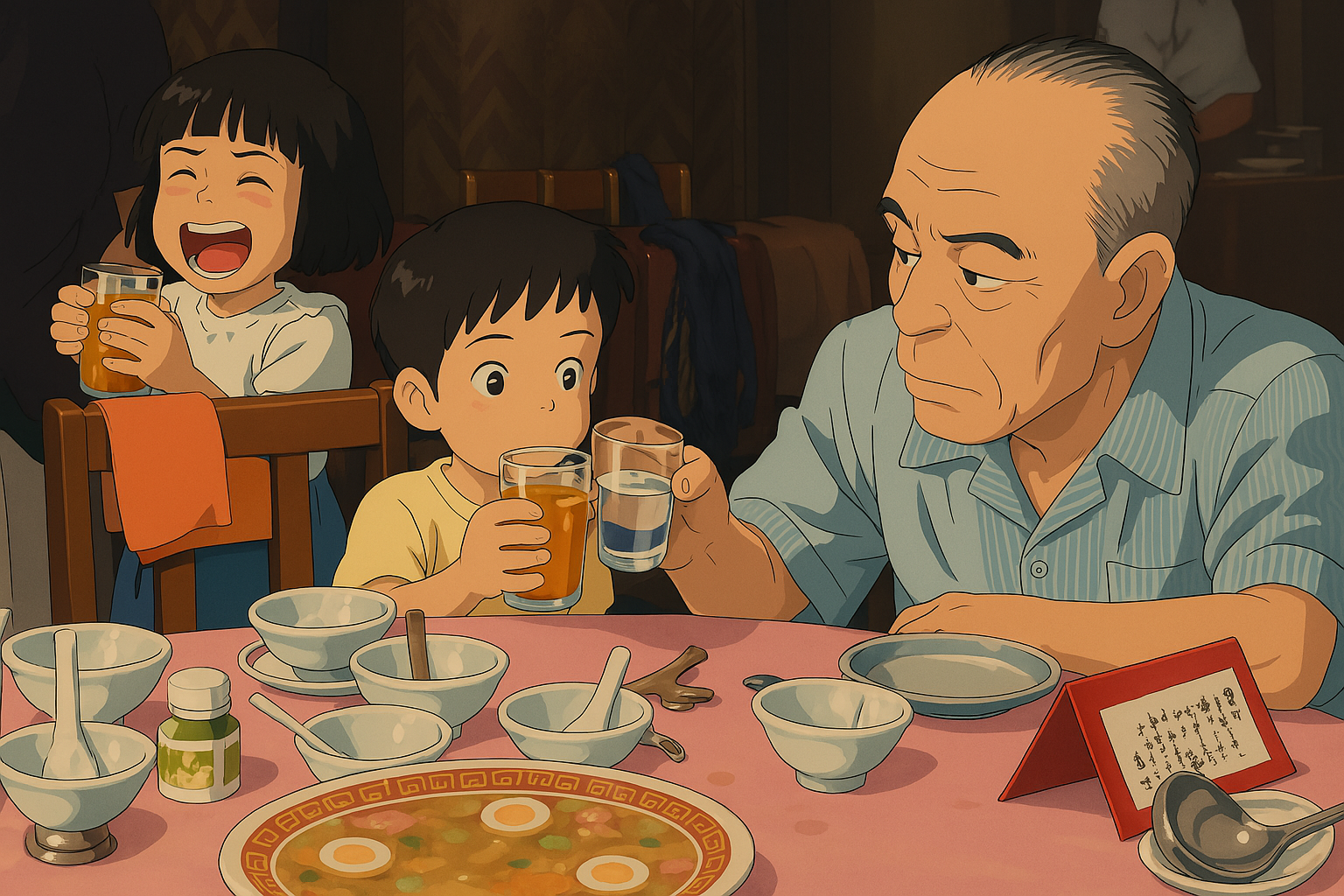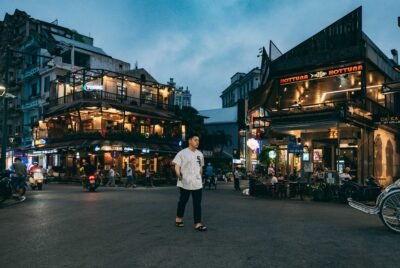The Studio Ghibli AI Trend: Fun Homage or Theft?

If you’ve scrolled through TikTok or Instagram lately, you’ve probably seen it: dreamy AI-generated landscapes, whimsical characters, and even fake “trailers” all mimicking Studio Ghibli’s iconic art style. Posts like “Turned my vacation photo into a Ghibli masterpiece!” rack up millions of views. But not everyone is celebrating. This trend sparks debates about originality, plagiarism, and the soul of art itself. Let’s unpack this—and why I think artists have more reason to hope than fear.
Nostalgia, Joy, and a Personal Story
Before diving deeper, let me share something personal. Recently, I took an old photo of my grandfather and me—an image faded by time and sentiment—and transformed it into an AI-generated artwork. Seeing this cherished memory come alive in vibrant, nostalgic animation was profoundly joyful and surprisingly emotional. It turned a forgotten snapshot into a charming cartoon I proudly hung on my wall.
Could I have commissioned an artist for this? Absolutely. But realistically, that would easily cost between $300 to $500—pricing many out of this kind of personal joy. This reality highlights something essential yet often overlooked in the AI debate: Art, at its core, creates joy. AI just made it accessible.
The AI Trend: Nostalgia, Fun, and Social Media’s Role
Now, let’s clarify the line between plagiarism and playful creativity. AI tools like MidJourney and ChatGPT allow users to transform personal photos into various artistic styles. But here’s an interesting question: Would it be controversial to generate an image labeled as “Japanese animation style” compared to explicitly calling it “Studio Ghibli style”? The sensitivity seems specific to Ghibli’s cultural status rather than the act itself.
Remember when everyone was turning selfies into cartoons or Van Gogh-style paintings? Those weren’t seen as theft—they were seen as creative explorations. Similarly, when clearly labeled and credited, AI transformations become homages, not copies.
AI Art vs. Plagiarism: Where’s the Line?
Critics raise valid concerns:
Ethical Training: Many AI models are trained on copyrighted artworks without explicit permission.
Devaluing Artists: Instant AI creations might undermine years artists spend mastering their craft.
Yet, social media has always thrived on remix culture—fan art, memes, TikTok trends. AI-generated Ghibli-style content isn’t claiming originality; it’s openly celebrating existing artistry. Problems arise only when these creations are monetized dishonestly or falsely presented as authentic Ghibli works.
AI is Here. Now What?
Sam Altman, CEO of OpenAI, reported that 1 million people signed up for ChatGPT’s image feature within hours of its launch. AI isn’t going anywhere, so adaptation is essential. Jobs and creative industries will evolve, much as they did with the arrival of photography or digital art tools.
To artists concerned about their futures:
Your Humanity is Your Edge: AI replicates styles, but it can’t replicate your unique experiences, emotions, and stories.
History Offers Hope: Every technological shift opens new creative frontiers, from social media influencers to NFT creators.
Embrace Adaptation: Leverage AI for mood boards, brainstorming, or automating mundane tasks, freeing you to focus on deeper creativity.
Creativity Isn’t a Zero-Sum Game
Yes, AI disrupts—but so did cameras (affecting portrait painters), Photoshop (affecting traditional airbrushing), and streaming music (transforming CD stores). Each evolution fostered new creativity rather than extinguishing it.
Studio Ghibli’s magic lies in its emotional depth—AI computes, but it doesn’t feel. AI can’t capture the profound loneliness of Spirited Away or the ecological questions in Princess Mononoke. Humanity will always have the creative advantage.

Final Thoughts: Keep Creating
To artists uneasy about AI: Create anyway. Create passionately. Share your authentic stories and collaborate openly with new technologies. Human connection will always remain irreplaceable.
To AI enthusiasts: Continue experimenting! Just remember to acknowledge inspirations respectfully.
As Miyazaki himself advised, “You must see with eyes unclouded.” Let’s approach this debate with open minds and clear vision. The future of creativity is collaborative—human and machine side-by-side, pushing boundaries together.
Let’s Chat!
What do you think about AI art? Are you excited, cautious, or both? Share your thoughts—let’s keep this conversation as lively and thoughtful as a Ghibli sunset



